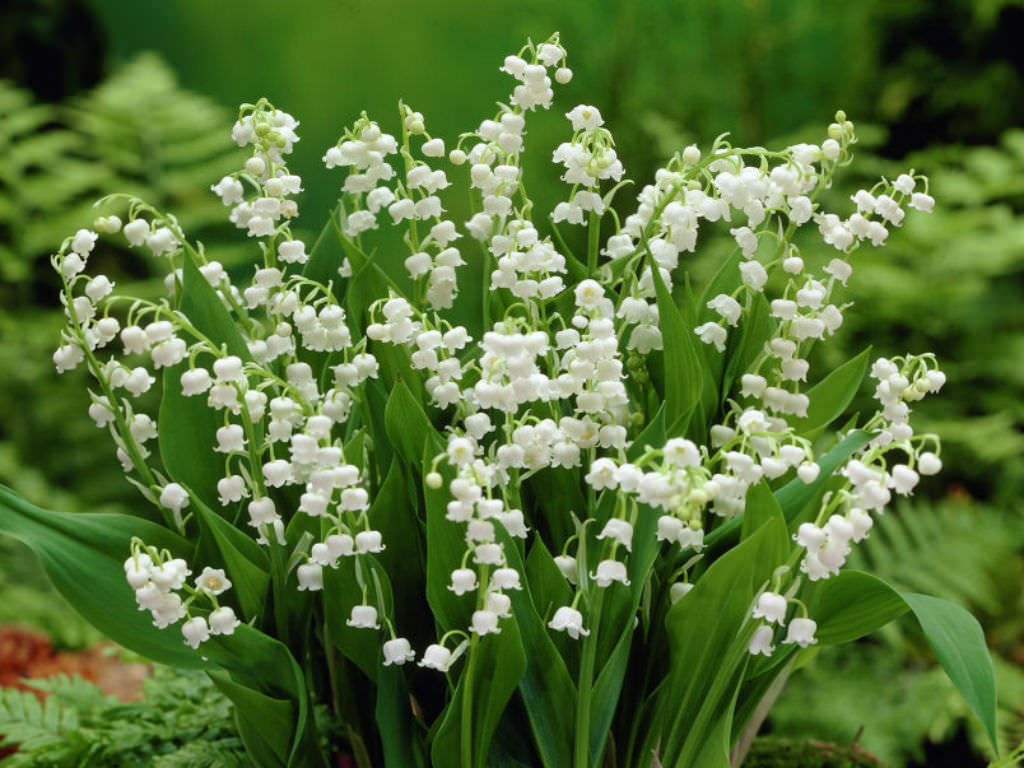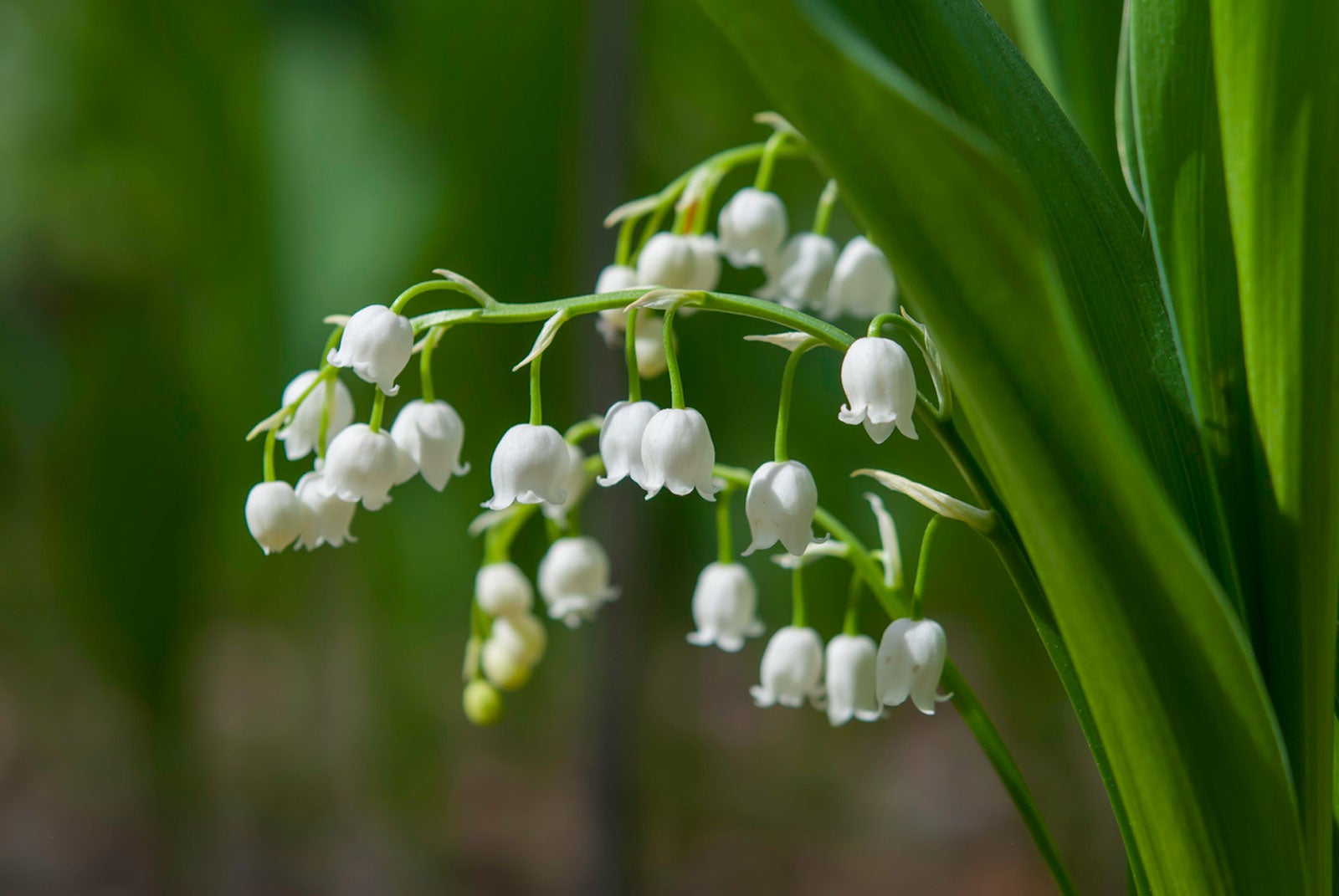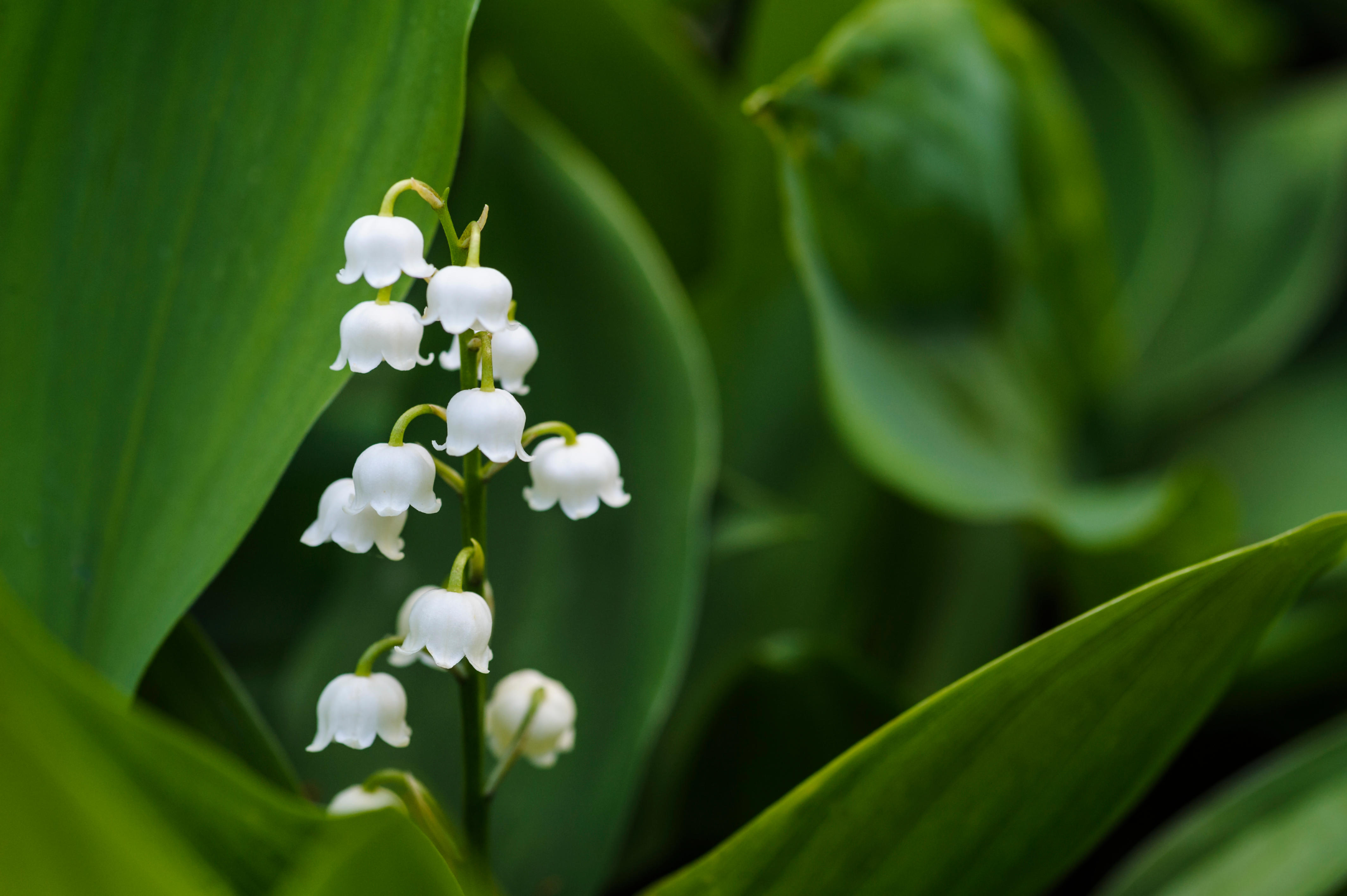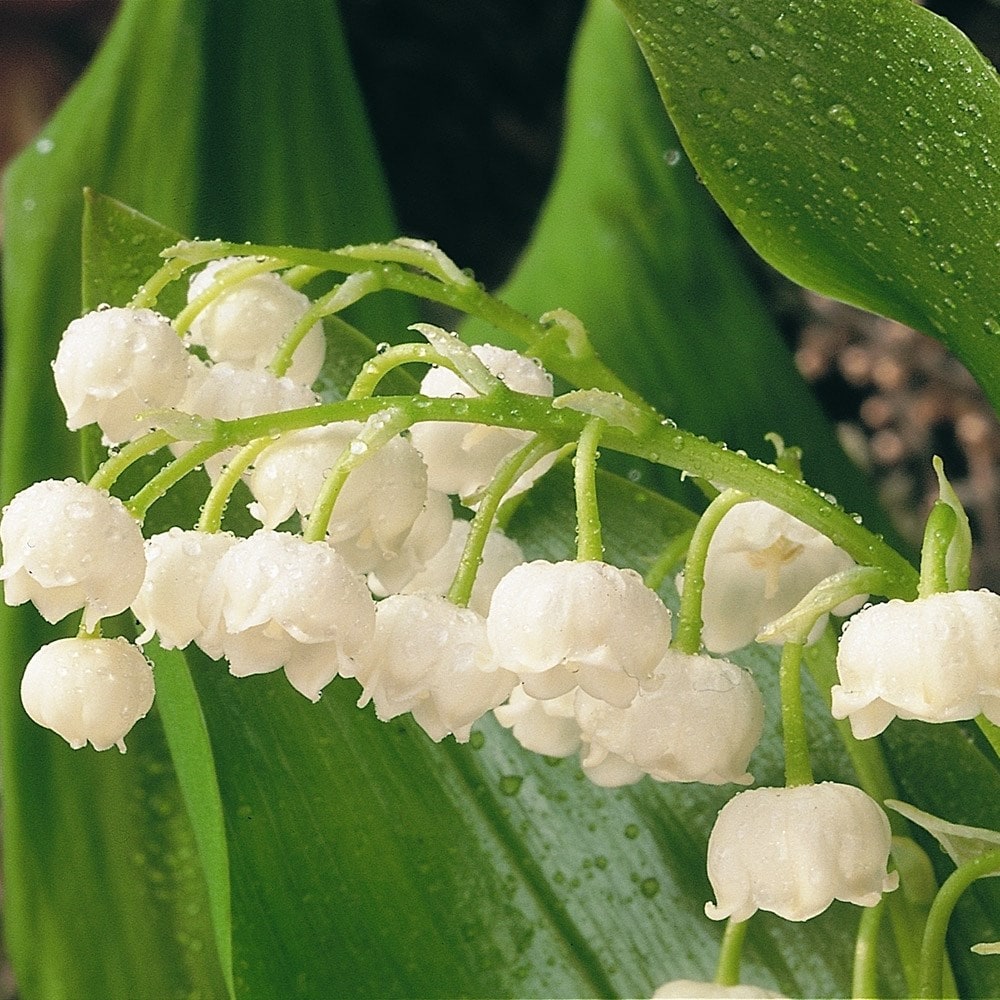
Oxydendrum arboreum (Lily of the Valley Tree, Sorrel Tree, Sourwood) North Carolina Extension
Select flowering stems with 1/4 of the buds open. Do not forget to add some leaves in the bouquet. Cut the stems at a 90-degree angle. Place the vase in a cool place out of direct sunlight to help the flowers last for longer. The flowers will last up to one week. Change the water every couple of days.

Legends and Facts About the Lily of the Valley World of Flowering Plants
The "Lily of the Valley Tree" (Elaeocarpus grandiflorus) produces clusters of frilly fairies dancing in mid-air, with draping blooms late winter through summer.
romancourt365 Lily of the Valley Tree
This broadleaf, evergreen shrub is a plant with many names. Commonly known as lily-of-the-valley shrub, it is also occasionally called andromeda or Japanese pieris. Its common name comes from the pendulous chains of puckered flowers it produces, which closely resemble the perennial lily of the valley.

50 LILY of the VALLEY TREE Sourwood Sorrel Oxydendrum Arboreum Etsy
Elaeocarpus lily of the valley trees are evergreens native to Australia. Growing Elaeocarpus outside is only possible in warmer regions like USDA plant hardiness zones 10 to 12. The tree thrives indoors as a tough houseplant almost anywhere though. These trees grow up to 30 feet (9 m.) in the wild.

Lily Of The Valley Care Growing Lily Of The Valley Flowers
About Lily of the Valley Lily of the valley is a low-growing (6 to 12 inches tall), spreading plant that comes up year after year in late spring. The genus Convallaria includes a single species, C. majalis, which is among the most useful ground covers for shade. Warning: Lily of the valley is known to be a very aggressive spreader.

Lily of the Valley Pips 24 Flowering Lily of the Valley Bulbs Easy To Grow Bulbs
Elaeocarpus grandiflorus, or Lily of the Valley Tree, is an evergreen small tree or shrub with leathery dark green leaves and attractive fringed white flowers. Left to its own devices, it can reach heights of 90 feet, but it is more typically kept small and grown in a container. It is often grown as an ornamental in the landscape.

Lily of the Valley Tree (Elaeocarpus grandiflorus) Strange flowers, Lily of the valley
Andromeda arborea Lyonia arborea Sun Exposure Sun to Partial Shade Foliage Deciduous Height 20-30 ft. (6-9 m) Spacing 20-30 ft. (6-9 m) Hardiness USDA Zone 5a: to -28.8 °C (-20 °F) USDA Zone 5b: to -26.1 °C (-15 °F) USDA Zone 6a: to -23.3 °C (-10 °F) USDA Zone 6b: to -20.5 °C (-5 °F) USDA Zone 7a: to -17.7 °C (0 °F)

Lilyofthevalley (Convallaria majalis) Woodland Trust
Lily of the valley ( Convallaria majalis ( / ˌkɒnvəˈleɪriə məˈdʒeɪlɪs / ), [2] sometimes written lily-of-the-valley, [3] is a woodland flowering plant with sweetly scented, pendent, bell-shaped white flowers borne in sprays in spring. It is native throughout the cool temperate Northern Hemisphere in Asia and Europe.
/lily-of-the-valley-big-56a5865f5f9b58b7d0dd443a.jpg)
Lily of the Valley Plant Care & Growing Guide
sourwood, sorrel tree, lily-of-the-valley tree All pictures (2) Share; All pictures. Content Detail. Sidebar Navigation. Overview More Information Care Knowledge Sourwood is an attractive tree with white flowers that bloom in early summer and excellent fall color. It can be difficult to grow in northern Illinois because it requires acidic soil.

Lily of the valley planting, care and blooming of thrush
Sourwood is a deciduous, small to medium tree in the blueberry family (Ericaceae). It is native to the eastern and southern United States, from Pennsylvania to northern Florida and west to Ohio and Louisiana. It can be found throughout North Carolina, although more rarely in the low, alluvial plain.

Lily of the Valley tree, Sourwood (Oxydendrum arboreum) A sole species in the genus Oxydendrum
Lily of the valley ( Convallaria majalis) is a woodland plant, much valued for its fragrant summer flowers. Its low, spreading habit also makes it ideal for growing as a ground cover plant. Lily of the valley thrives in a moist, shaded spot, and gradually spreads to form dense clumps of lush, green foliage.

Buy lilyofthevalley Convallaria majalis £5.99 Delivery by Crocus
Sourwood is one of our native ornamental trees that can add interest and value to the landscape. It is also called Lily-of-the-Valley tree because its panicles of flowers resemble those of the lily-of-the-valley plant. It blooms each year from June to August, attracting bees and butterflies. Sourwood (Oxydendrum arboreum) grows in regions throughout North Carolina,.
Lily of the Valley Plant Care & Growing Guide
August 14, 2022 by Lorin. Sourwood (Oxydendrum arboreum), also referred to as sorrel or lily-of-the-valley tree, is a flowering tree native to the eastern United States. Sourwood trees are the source of sourwood honey. Sourwood leaves, flowers, and bark are edible, but some caution needs to be exercised when ingesting to avoid overdose.
Trees of Santa Cruz County Crinodendron patagua Lily of the Valley Tree
Looking For Lily Of The Valley Tree? We Have Almost Everything On eBay. Fast and Free Shipping On Many Items You Love On eBay.

The Sweetly Scented Lily of the Valley Charismatic
When not in bloom, the Lily-of-the-Valley Tree presents a clean, leafy heartiness that imparts interest to any fine garden; especially those located where fogs and summer winds do havoc with more tender plants. Yet for all its raggedness, this tree has an air of captivating beauty, especially when it's fragile blooms veil it in white mists
How to Grow and Care for Lily of the Valley
Lily of the Valley Care Lily of the valley will grow vigorously in almost any spot with some shade. In fact, gardeners commonly use it under trees where many other plants won't grow due to the shade. Plant the rhizomes about 6 inches apart with the growth buds buried about 1/2 inch deep.